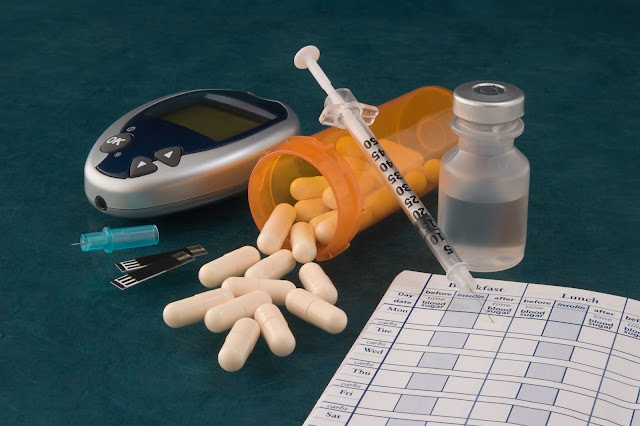Navigating the Landscape: Trends and Projections in the H2 Receptor Antagonist
In the realm of healthcare, understanding the dynamics of pharmaceuticals is vital. Among these, H2 Receptor Antagonists play a pivotal role in managing various gastrointestinal conditions. These medications work by blocking the action of histamine on the H2 receptors of the stomach, thereby reducing the production of gastric acid. With increasing incidences of acid-related disorders such as gastroesophageal reflux disease (GERD) and peptic ulcers, the demand for H2 Receptor Antagonists remains robust.
Evolution of Treatment Strategies
Over the years, the treatment landscape for acid-related disorders has witnessed significant evolution. Initially, antacids were the primary mode of therapy, providing symptomatic relief by neutralizing gastric acid. However, with advancements in pharmacology, H2 Receptor Antagonists emerged as a cornerstone in the management of such conditions. Drugs like ranitidine and famotidine gained widespread acceptance due to their efficacy and tolerability. Despite their effectiveness, the emergence of proton pump inhibitors (PPIs) posed a challenge to the dominance of H2 Receptor Antagonists.
Competitive Dynamics
The introduction of PPIs marked a shift in the treatment paradigm for acid-related disorders. Drugs like omeprazole and esomeprazole offered superior acid suppression compared to H2 Receptor Antagonists, thereby gaining prominence in clinical practice. Consequently, the H2 Receptor Antagonist segment faced stiff competition from PPIs, leading to a decline in market share. However, despite this competition, H2 Receptor Antagonists continue to hold a significant position in the therapeutic armamentarium, especially in cases where PPIs are contraindicated or not well tolerated.
Emerging Opportunities
Despite the challenges posed by PPIs, the H2 Receptor Antagonist segment continues to evolve, driven by emerging opportunities. One such opportunity lies in the exploration of novel formulations and delivery systems to enhance the efficacy and patient compliance of existing drugs. Efforts to develop long-acting formulations or combination therapies incorporating H2 Receptor Antagonists and PPIs are underway, promising new avenues for growth and differentiation in the pharmaceutical landscape.
Navigating Regulatory Landscape
As with any pharmaceutical product, navigating the regulatory landscape is crucial for manufacturers operating in the H2 Receptor Antagonist segment. Stringent regulatory requirements govern the development, manufacturing, and marketing of these drugs, ensuring safety, efficacy, and quality standards are met. Moreover, with increasing emphasis on pharmacovigilance and post-marketing surveillance, manufacturers need to demonstrate continued compliance with regulatory guidelines to maintain market authorization and consumer trust.
Global Outlook and Regional Variances
The demand for H2 Receptor Antagonists varies across different regions, influenced by factors such as prevalence of acid-related disorders, healthcare infrastructure, and regulatory policies. While developed regions like North America and Europe constitute major markets for these drugs, emerging economies in Asia-Pacific and Latin America present untapped opportunities for growth. Understanding regional variances in disease burden, healthcare practices, and market dynamics is essential for devising effective commercial strategies and expanding market presence.
Future Perspectives and Forecast
Looking ahead, the H2 Receptor Antagonist segment is poised for continued evolution and growth. Despite facing competition from PPIs and other acid-suppressing agents, H2 Receptor Antagonists remain integral in the management of acid-related disorders. With ongoing research and development initiatives focused on improving drug formulations and exploring novel therapeutic avenues, the market is expected to witness steady growth in the coming years. Adapting to changing healthcare landscapes and leveraging emerging opportunities will be key to sustaining competitiveness and meeting the evolving needs of patients worldwide.




Comments
Post a Comment